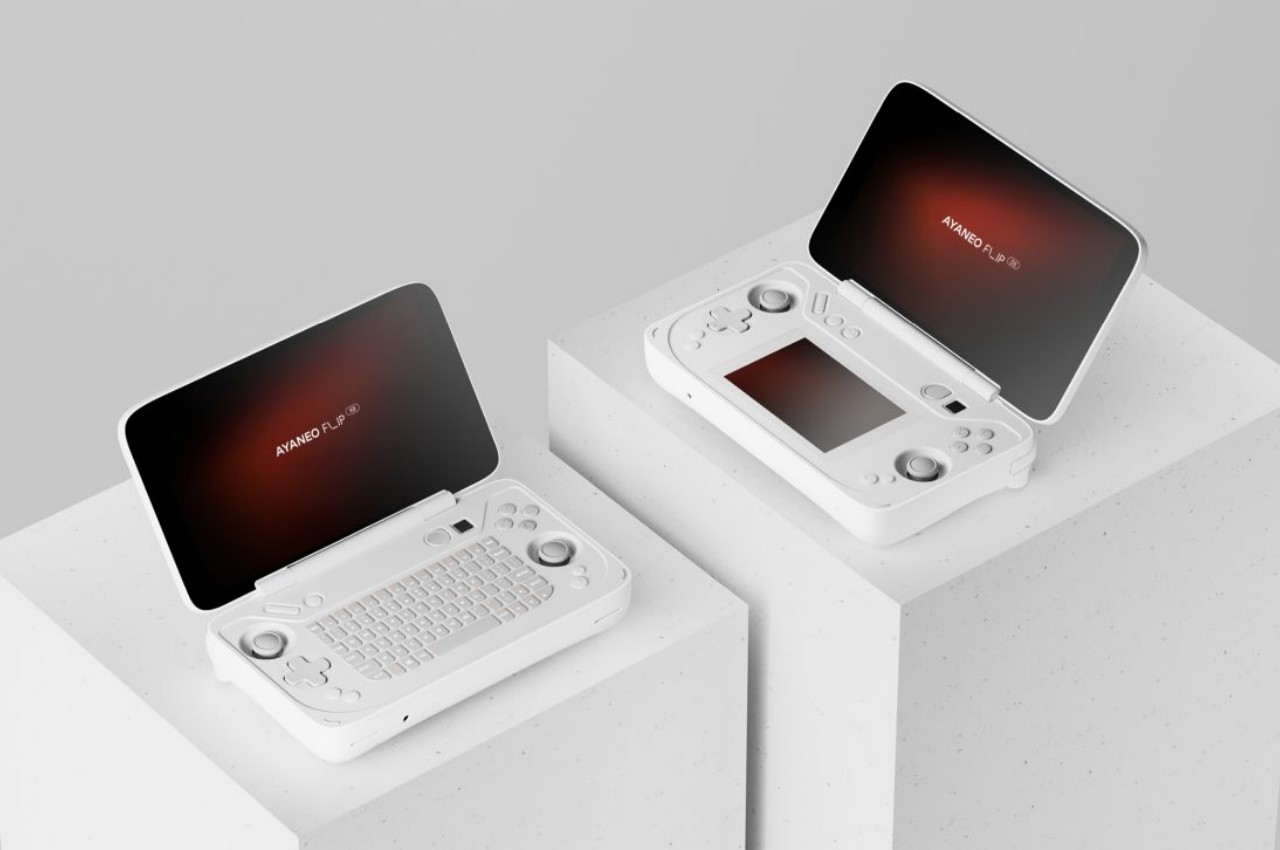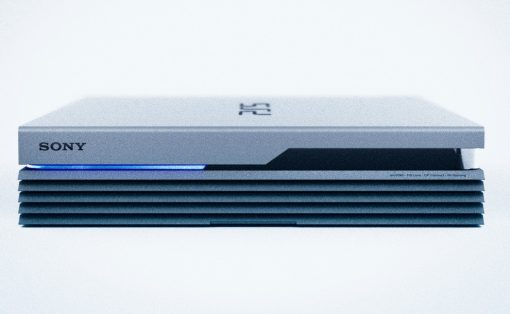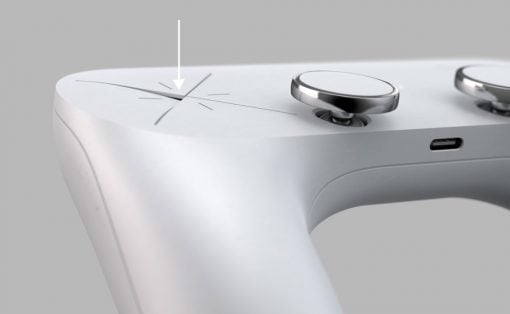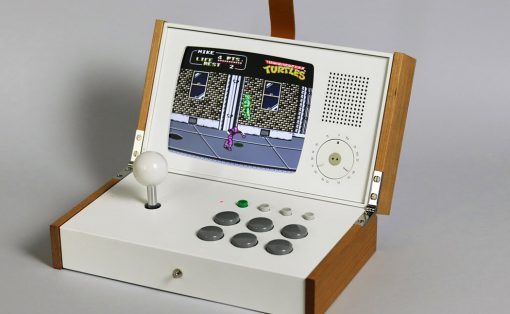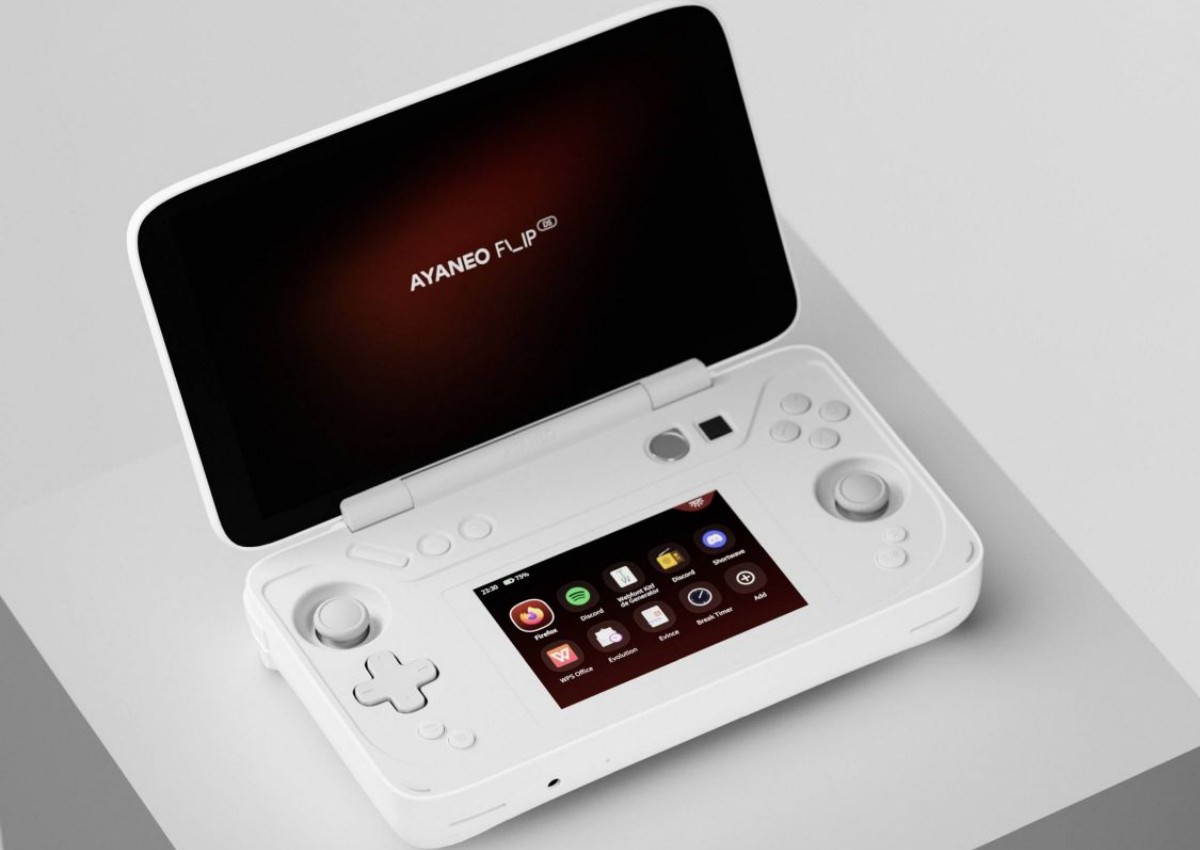
The Nintendo Switch is hailed as the design that brought the handheld gaming market back to life, but it’s hardly the only notable product from the gaming giant. Almost two decades ago, Nintendo launched the evolution of its Game Boy line, the Nintendo DS with its odd yet interesting second screen. It’s still debatable whether that feature was a success or just a gimmick, but there’s little argument that it became an iconic design that few have been able to emulate successfully. One of the rising names in the handheld PC segment, however, is taking a stab at bringing that uniqueness to this fledgling market, with a micro laptop design that includes not a keyboard but a small second screen, a feature that could be even more quirky and gimmicky than it was on the Nintendo DS.
Designer: AYANEO
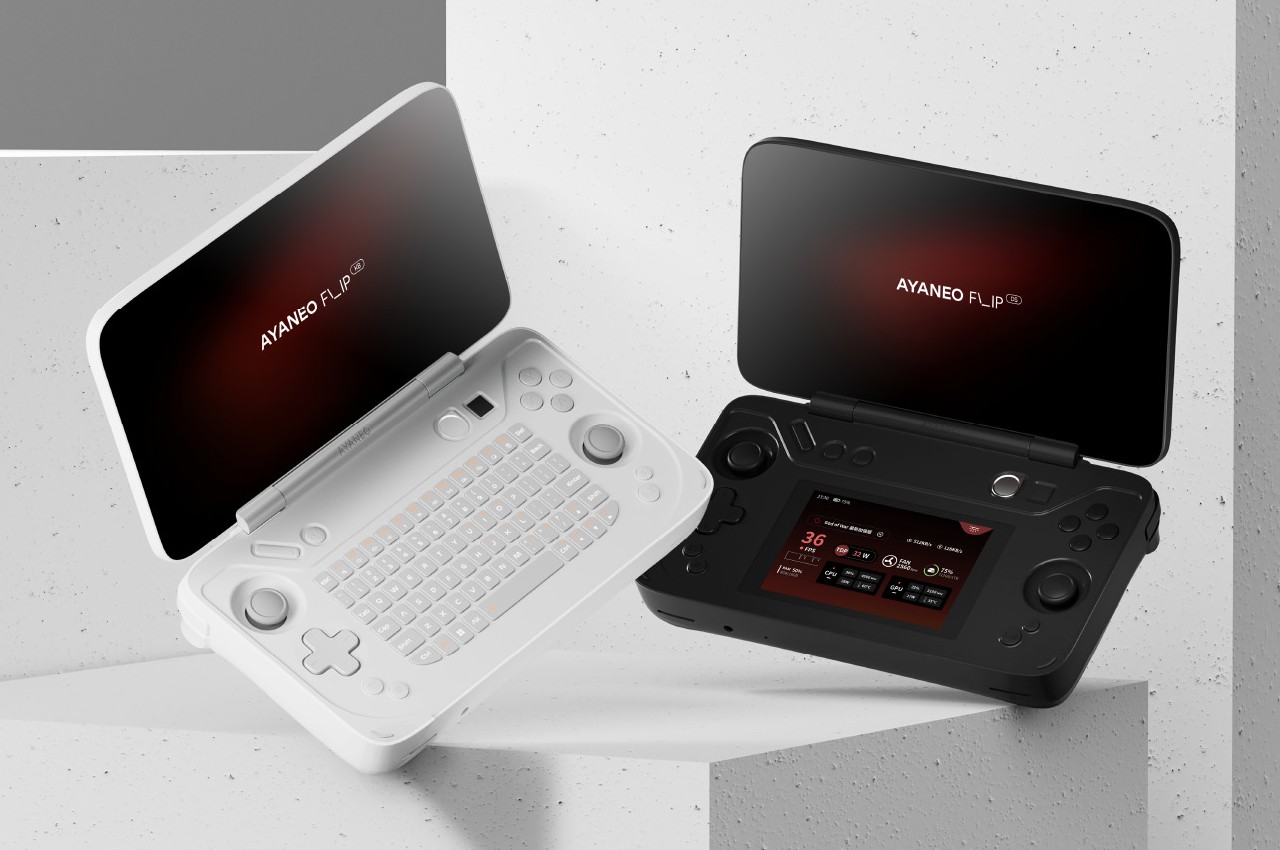
It’s hard not to see the Nintendo DS as a bit gimmicky. Almost all the controls you need to play handheld games are mostly covered by buttons and joysticks, so you actually need to craft specific games to take advantage of that second screen. Because of the custom design, those games won’t work on any other console without heavy changes or some special emulation. That said, a second screen might actually have more utility on a different platform like Windows, where a different display could be used for displaying information or custom controls.
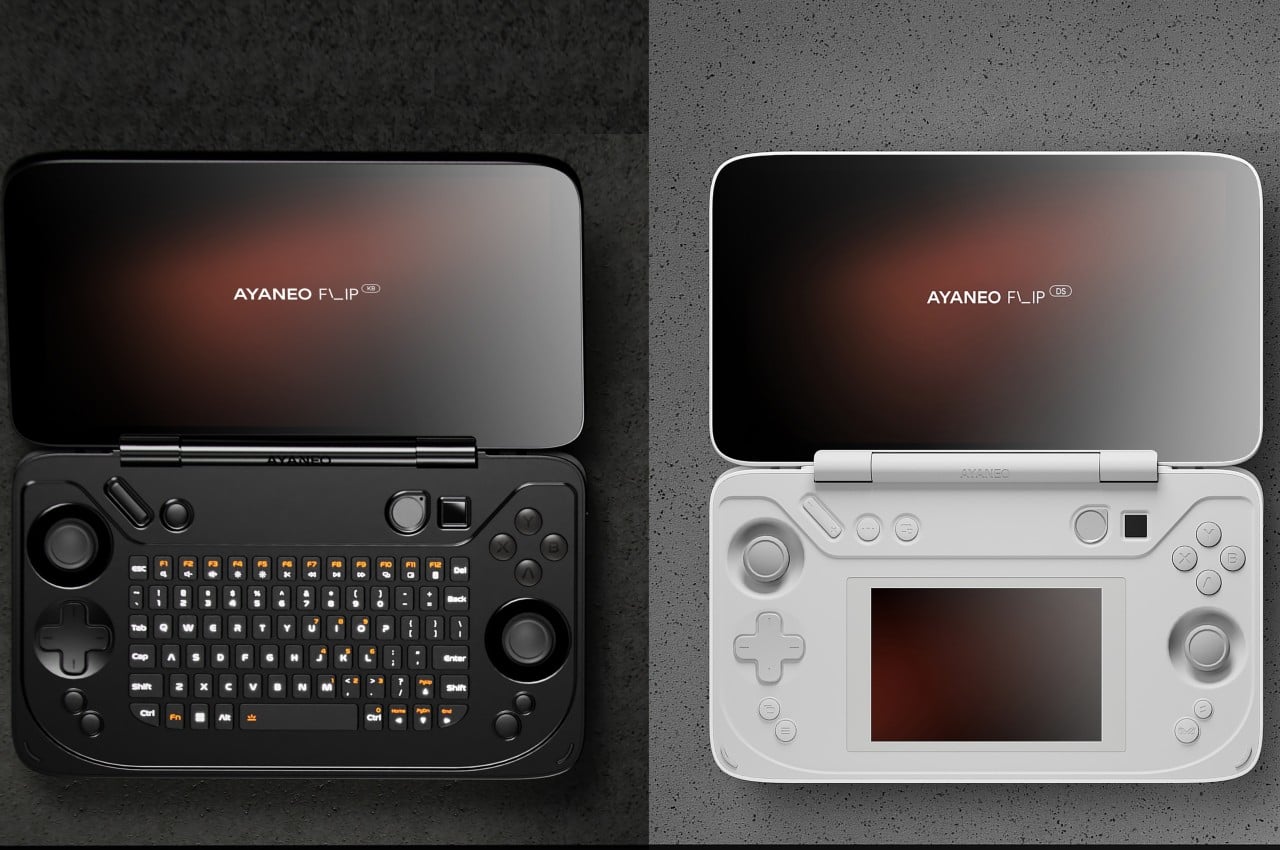
That seems to be what AYANEO is aiming for with the Flip DS launching on Indiegogo next month. The handheld laptop design is nothing new and AYANEO, in fact, has a variant with that design, the AYANEO Flip KB. That squeezes a basic QWERTY keyboard in between split gamepad controls, allowing for quick text input in games or Web browsing. The AYANEO Flip DS, however, switches out the keyboard for a 3.5-inch touch screen, providing a second display that could augment the gaming experience, at least in theory.
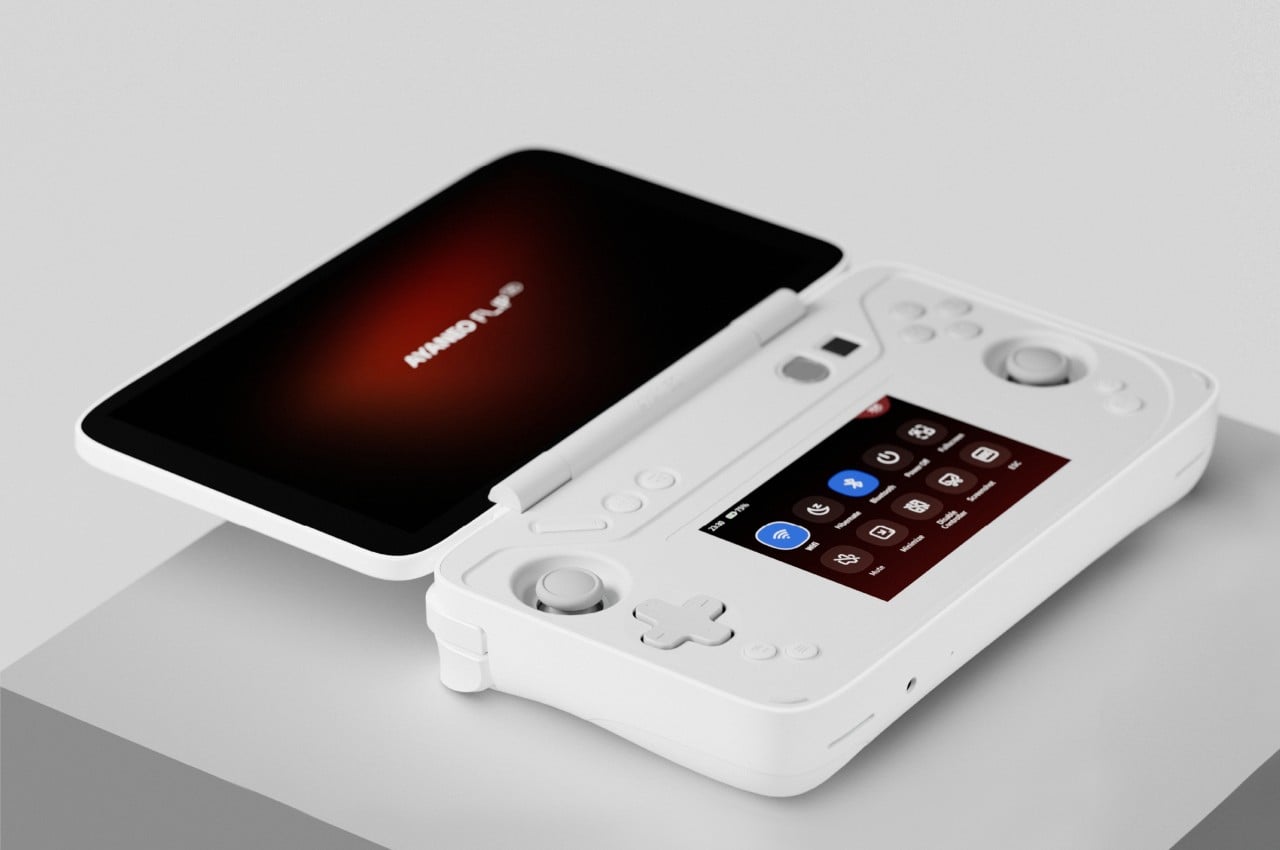
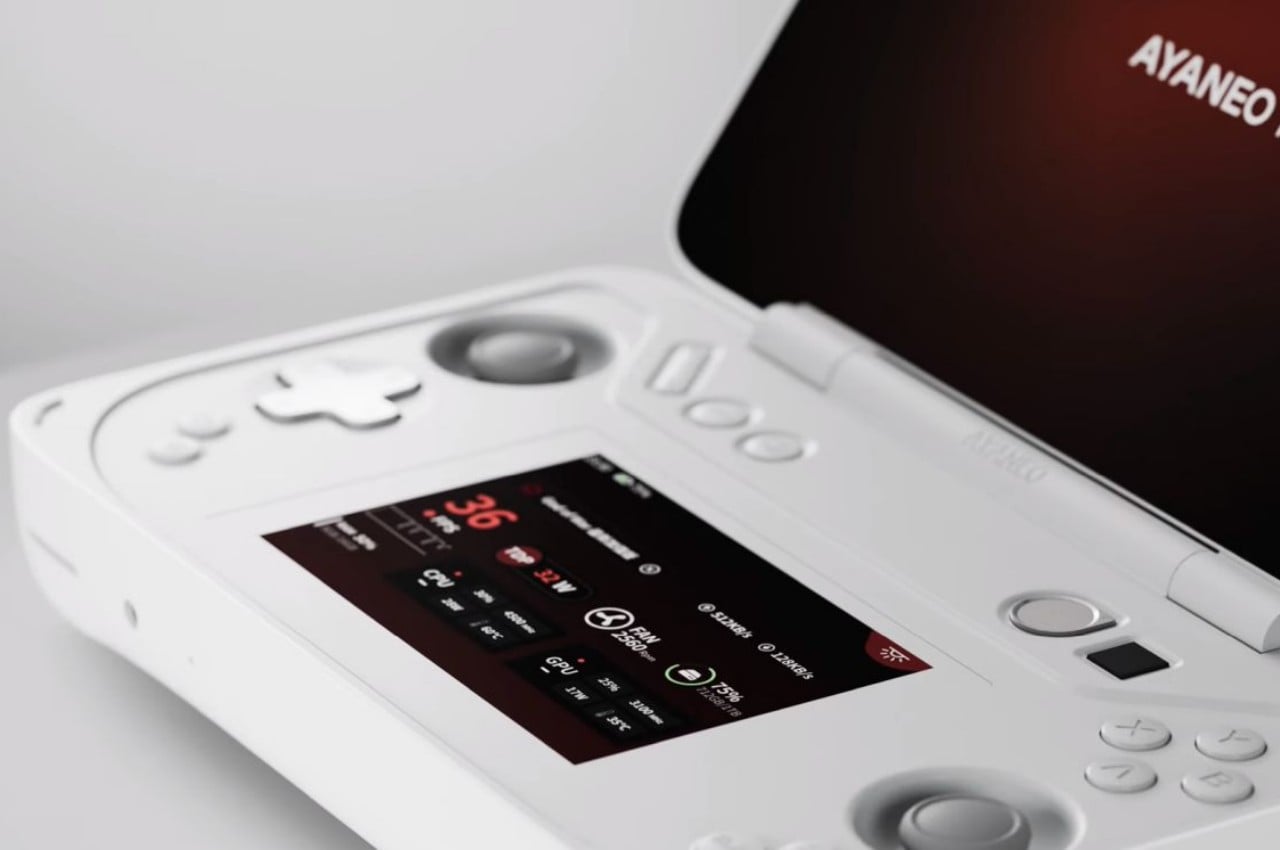
In practice, that touch display can be used to show anything as long as the operating system or games support it. At the most basic level, it can give quick access to the most used settings, like toggling Wi-Fi, muting the mic, or even shutting down the PC. It can also display the system’s current operating conditions, for gamers who are concerned about frame rates, power draw, and temperatures. Given the more open Windows gaming ecosystem, it’s conceivable that this screen can also be used for additional in-game controls that are just a thumb tap or swipe away. It could even be used as an on-screen virtual keyboard!
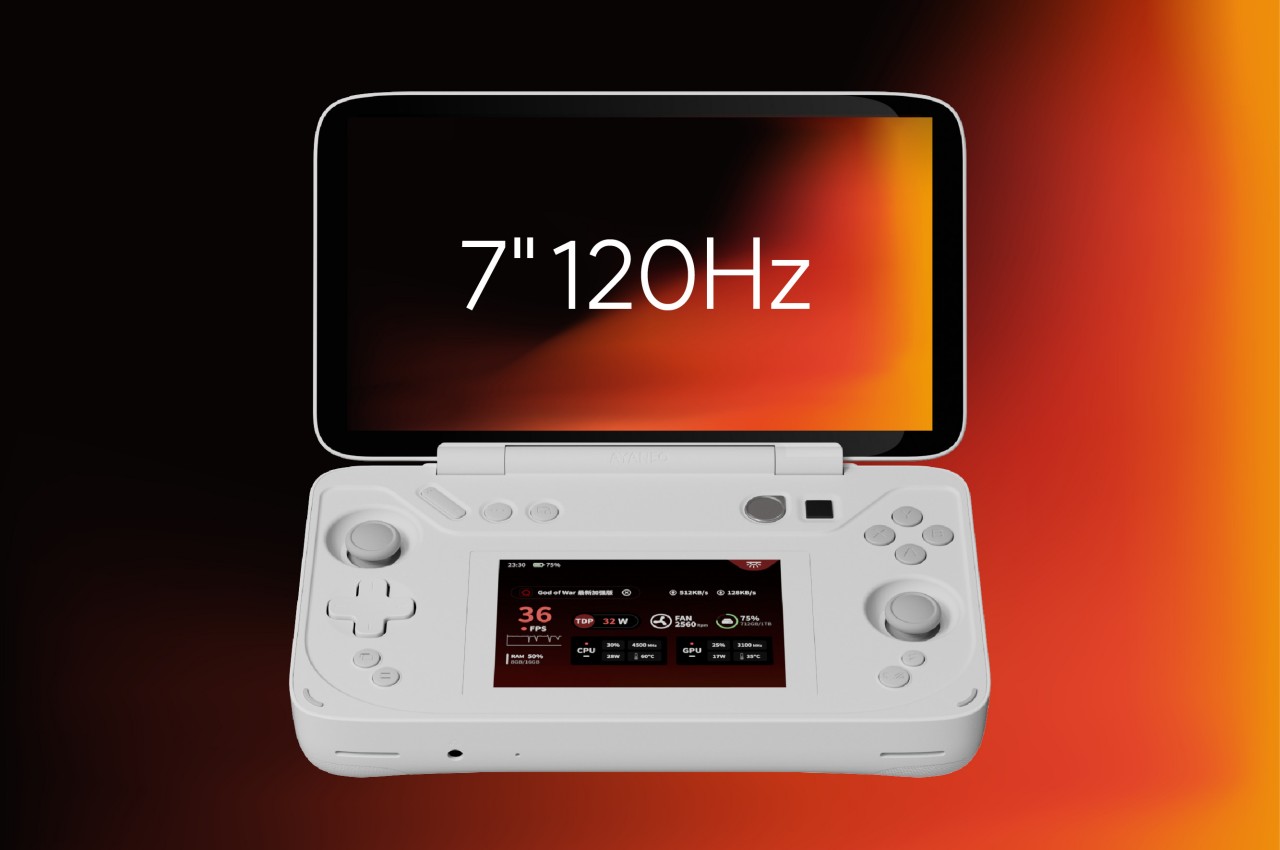
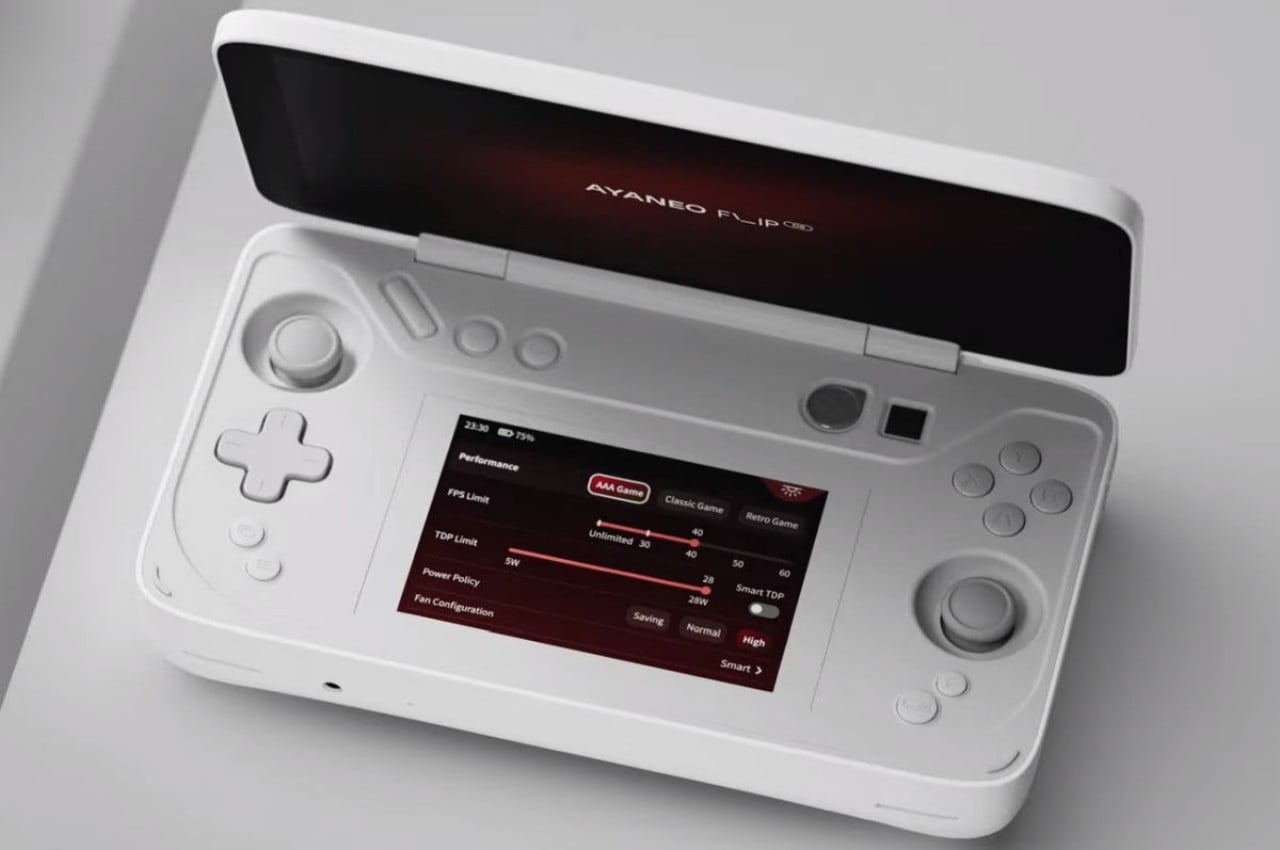
That said, additional features could also mean additional burdens on the system as well as the buyer’s wallet. These are features that are not exactly critical to enjoying games on the go, as proven by the half-dozen handheld gaming PCs now on the market. It’s still an interesting exercise in design that looks to another Nintendo product for guidance, because as popular and innovative as it may be, the Switch isn’t the be-all and end-all of handheld gaming.
